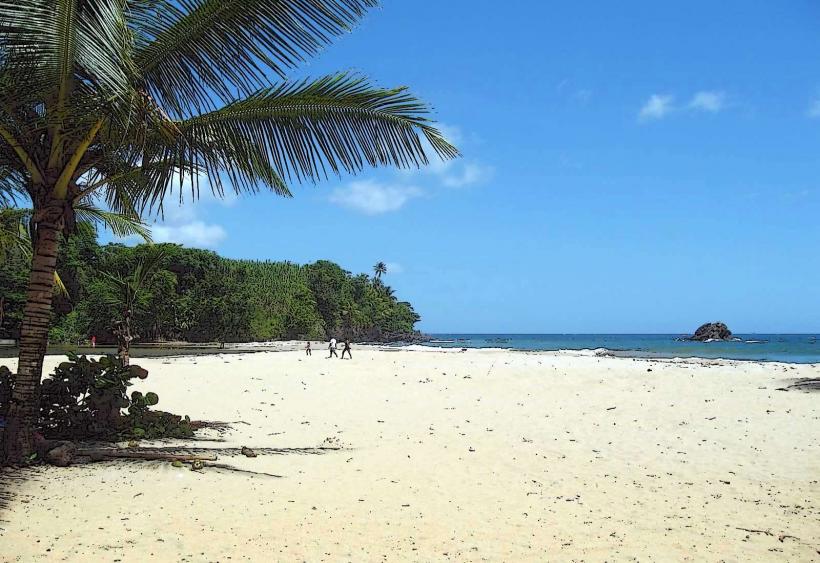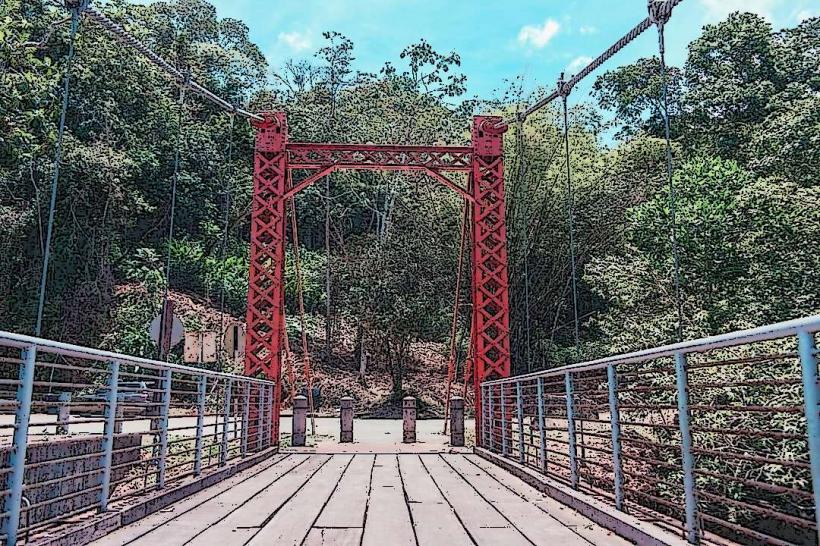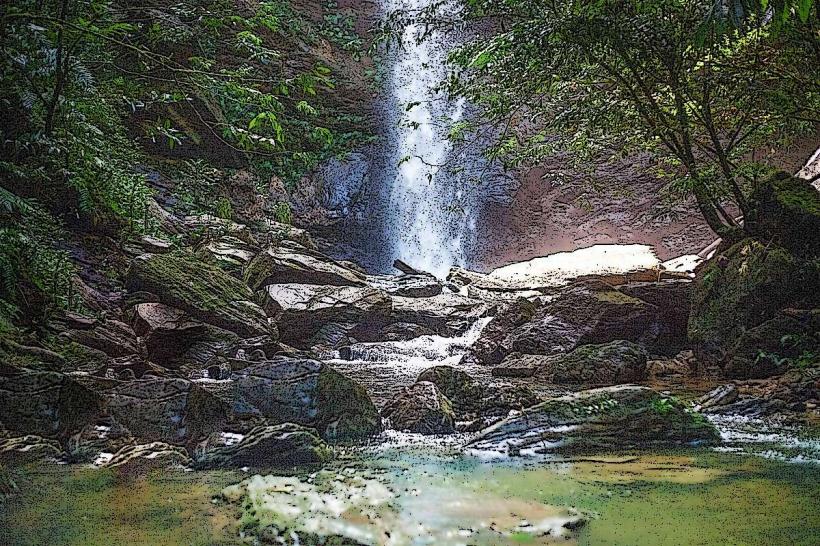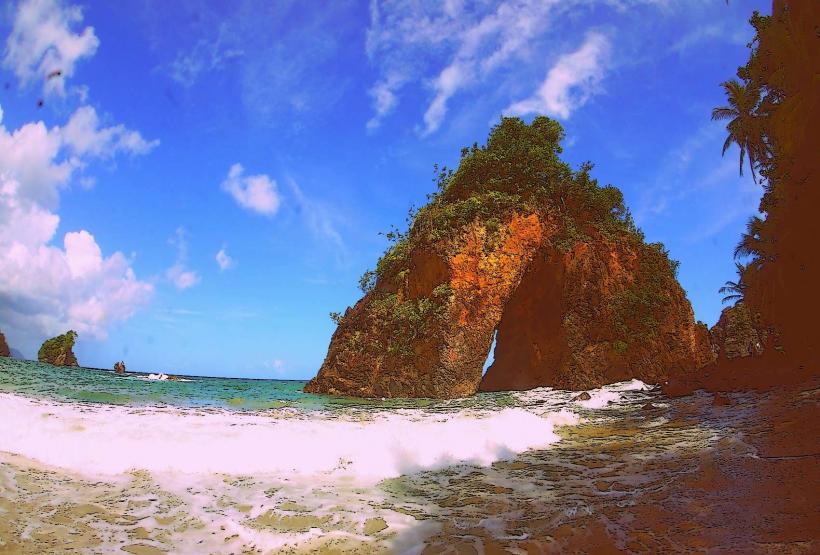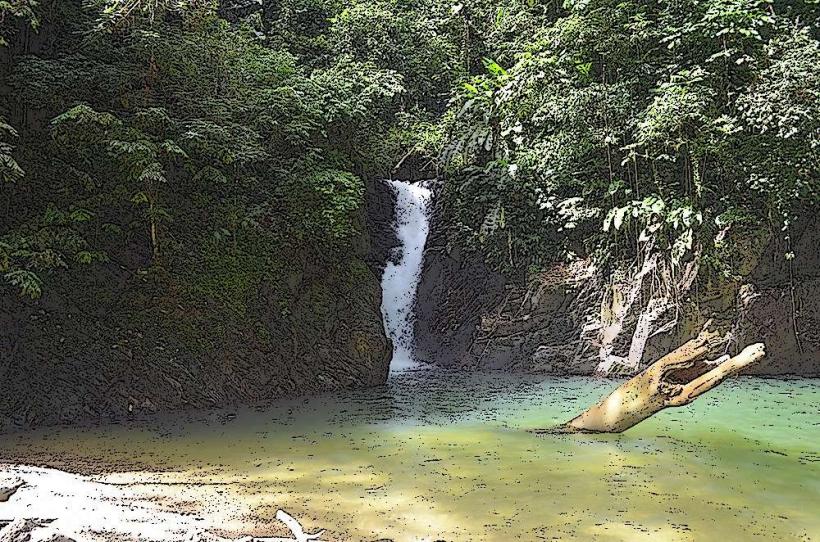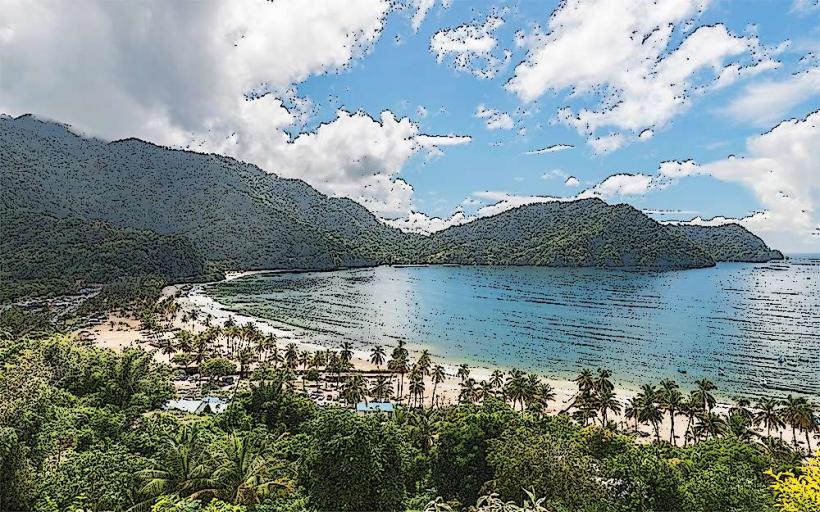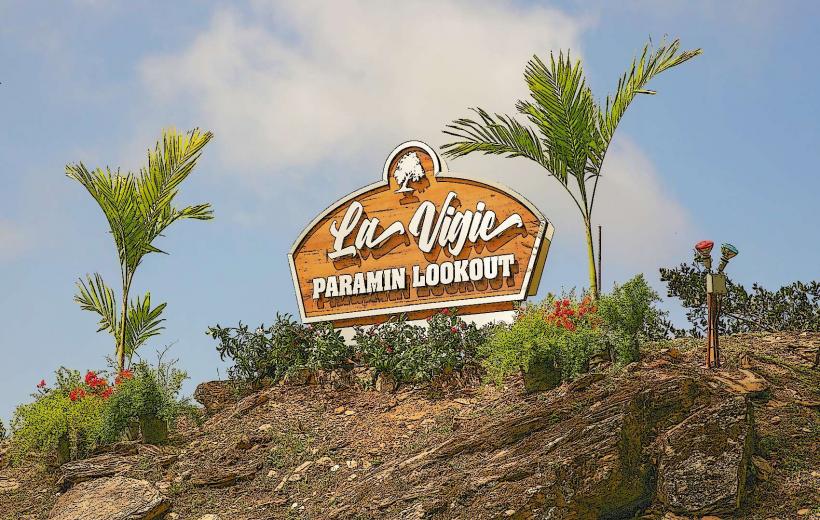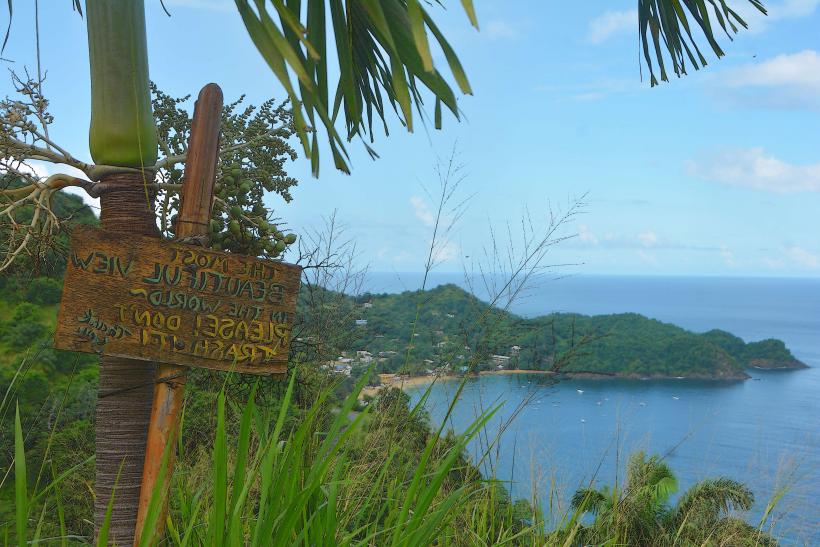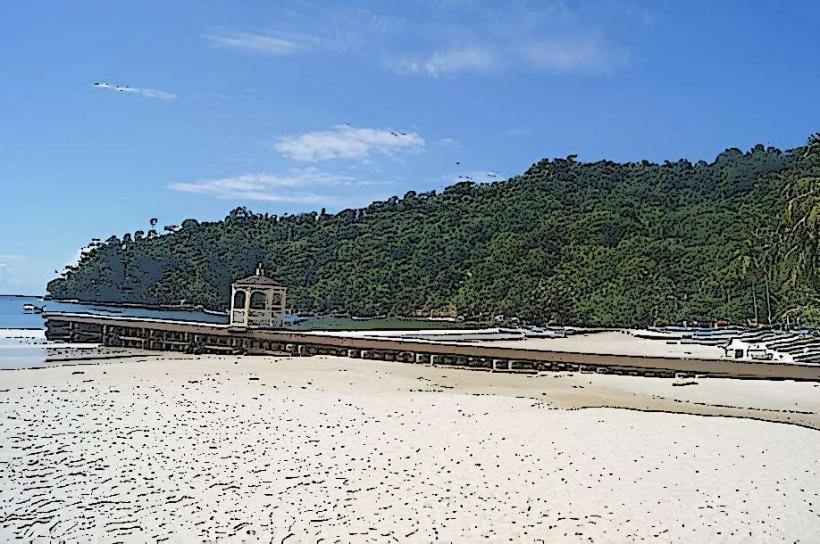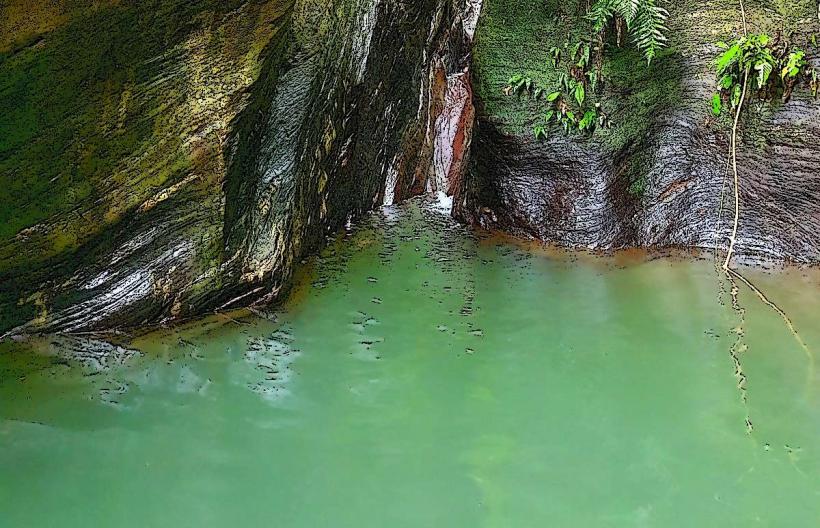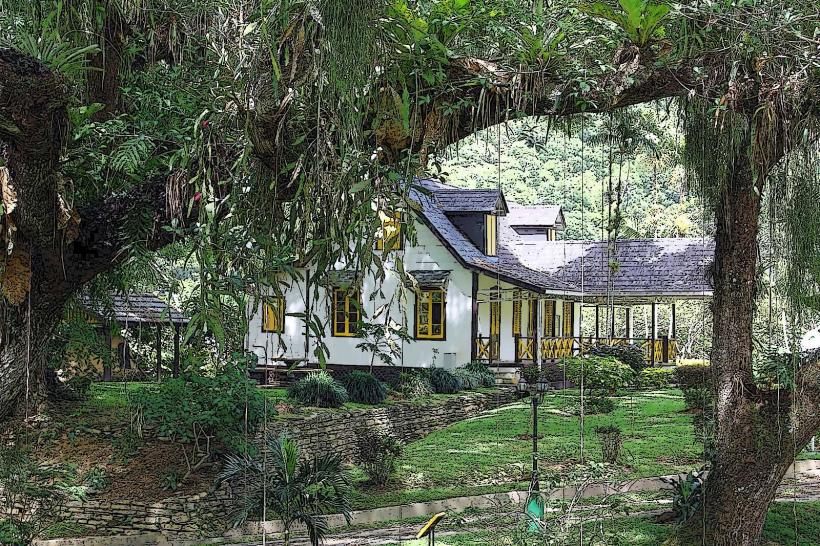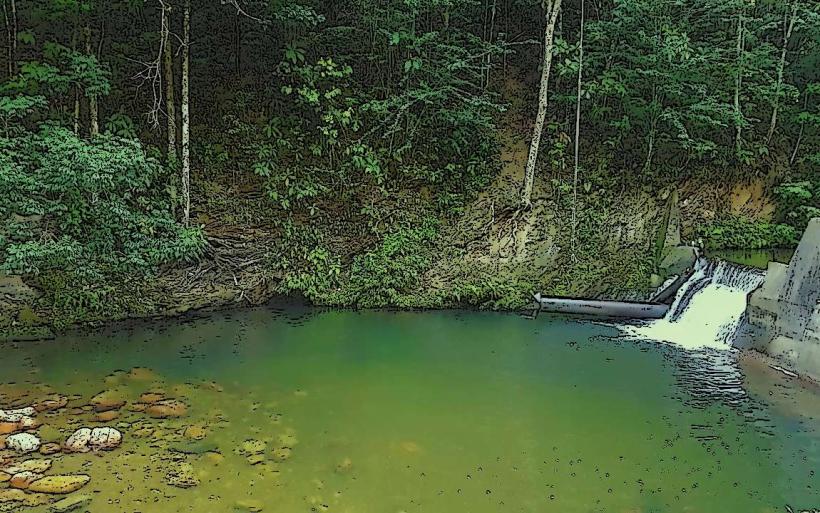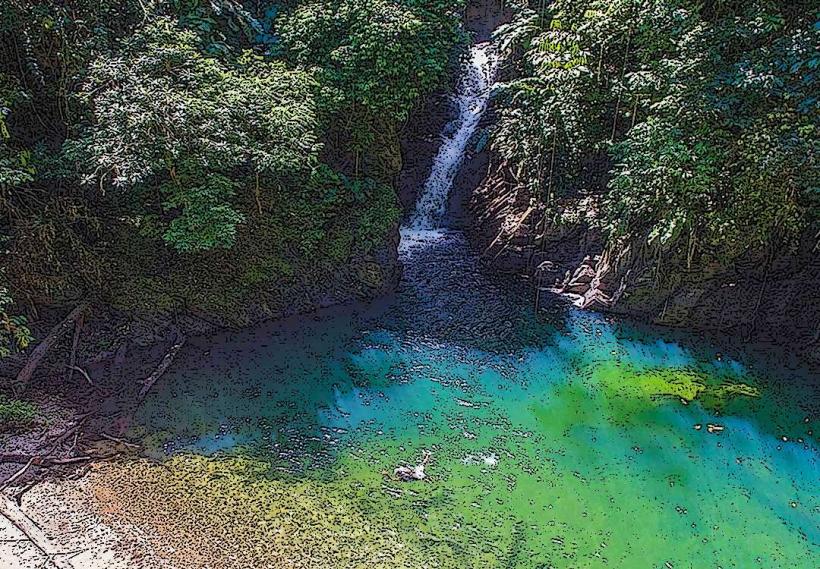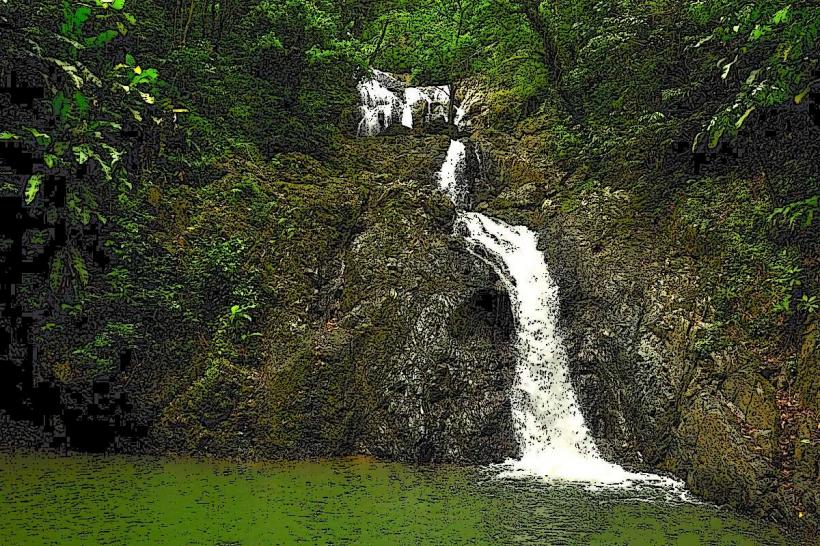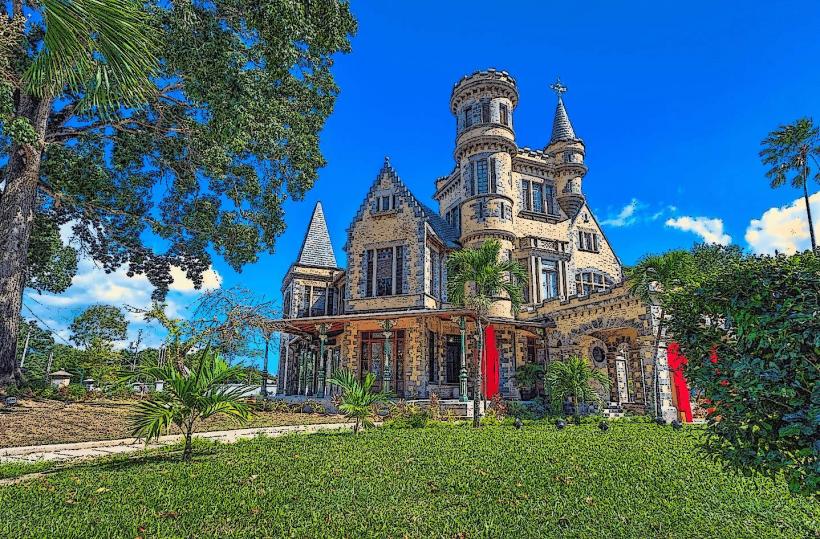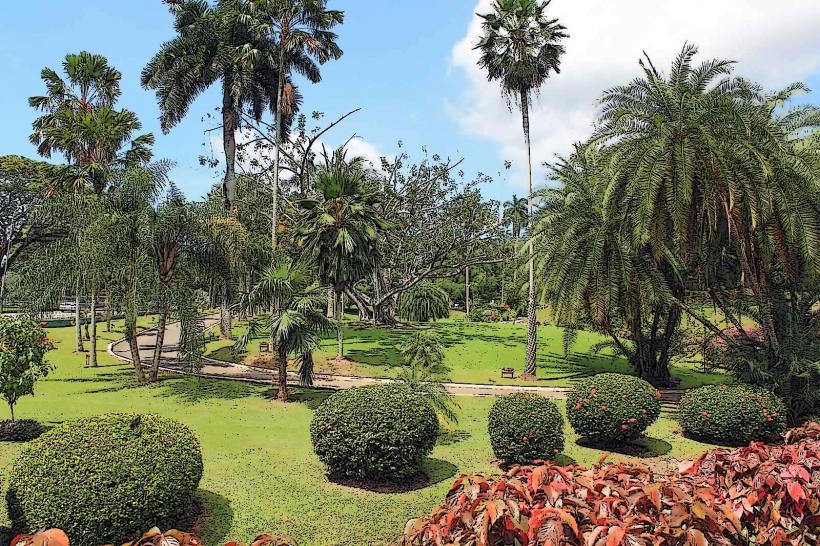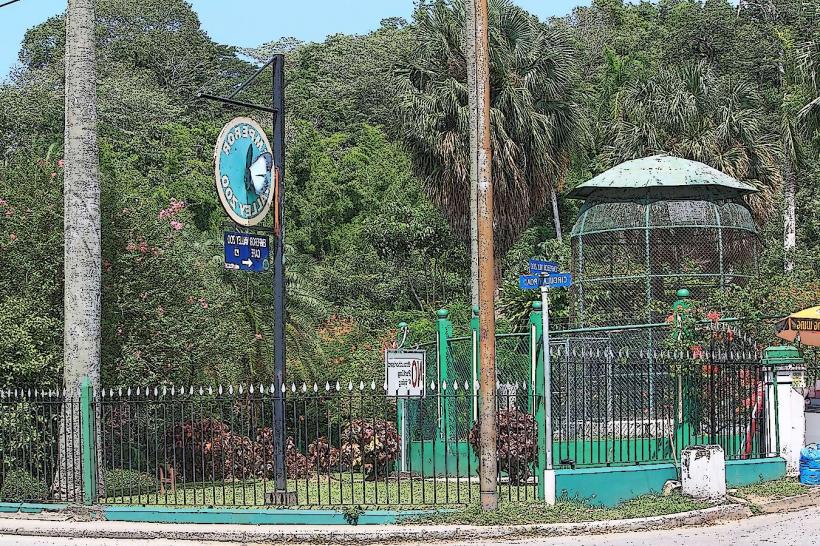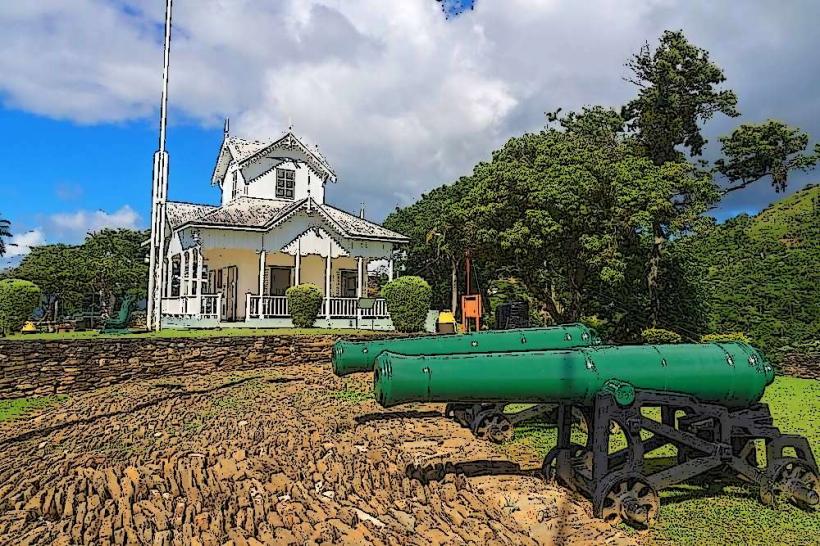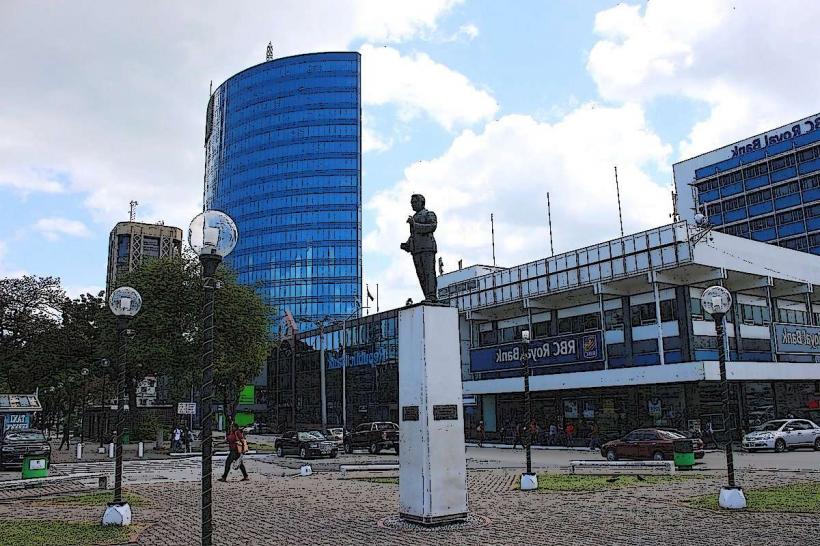Information
Landmark: National Museum and Art GalleryCity: Port of Spain
Country: Trinidad and Tobago
Continent: North America
The National Museum and Art Gallery (NMAG) of Trinidad and Tobago is a prominent cultural institution located in the heart of Port of Spain, Trinidad. The museum showcases the country’s rich history, art, and heritage, offering an in-depth exploration of the nation’s cultural evolution from the indigenous peoples to the present day. Here is a detailed overview of the museum:
History and Background:
Establishment: The National Museum and Art Gallery was officially established in 1961. However, the building itself has a much older history, having originally been constructed in 1857 as a public building designed to house both the museum and the library.
Building History: The museum is housed in a Victorian-style building that was designed by the British architect J. F. R. T.. It was originally built as a site for the Public Library, but over time, the space evolved into a museum and gallery that focused on preserving the cultural history of Trinidad and Tobago.
Name Change: The institution was renamed the National Museum and Art Gallery in 1961 to reflect both its historical and artistic collections, combining artifacts, relics, and art to represent the nation’s multifaceted identity.
Collections and Exhibits:
The National Museum and Art Gallery features diverse exhibits, categorized into different sections based on their focus. The collections include:
1. Historical and Cultural Exhibits:
Pre-Colonial History: The museum has displays dedicated to the indigenous peoples of Trinidad and Tobago, including the Arawak and Carib cultures. Artifacts like pottery, tools, and other items give insight into their way of life.
Colonial Era: There are also exhibitions that highlight the colonial period of Trinidad and Tobago, with artifacts from the time of British rule. This includes a collection of furniture, coins, and maps reflecting the island’s social, economic, and political history during colonial times.
Slavery and Emancipation: Important exhibits document the history of slavery in the Caribbean, with a focus on the African diaspora and the impact of emancipation on Trinidadian society. Items such as shackles, documents, and images offer a somber look at this dark chapter in the nation's history.
2. Art Gallery:
- Trinidadian and Caribbean Art: The art gallery is home to a rich collection of works by Trinidadian and Caribbean artists. Paintings, sculptures, and other art forms reflect the unique artistic expressions of the Caribbean, from historical pieces to contemporary art.
- Notable artists whose works are featured include Michel-Jean Cazabon, one of the first significant painters from Trinidad, as well as other renowned artists like Sybil Atteck and LeRoy Clarke.
- Modern and Contemporary Art: In addition to historical works, the museum showcases contemporary Caribbean art. This includes installations, modern paintings, and multimedia works that reflect the evolving nature of Caribbean art in the global context.
3. Natural History:
- The museum also has sections dedicated to the natural history of Trinidad and Tobago, featuring specimens from the islands' diverse flora and fauna. This includes taxidermied animals, fossils, and botanical samples that provide insight into the country’s ecological diversity.
4. Archaeological Artifacts:
- The museum holds a number of archaeological finds, including tools, pottery, and other items recovered from excavations across Trinidad and Tobago. These artifacts are essential for understanding the prehistoric societies that once inhabited the islands.
Notable Features:
Historical Documents and Artifacts: The museum contains collections of old maps, documents, and letters that reveal the development of Trinidad and Tobago through the centuries, such as treaties, early colonial records, and papers related to independence movements.
Gallery of National Heroes: The museum also honors the nation’s heroes, including leaders from the struggle for independence, with photographs, sculptures, and plaques dedicated to individuals like Eric Williams (the first Prime Minister), Padmore (an influential Pan-Africanist), and Tubal Uriah "Buzz" Butler (a trade union leader).
Special Exhibitions: The museum regularly hosts special exhibits that focus on particular aspects of Trinidadian culture or important events in the nation's history. These can range from temporary art exhibitions to showcases about national holidays, festivals, and famous historical figures.
Visitor Experience:
Educational Role: The National Museum and Art Gallery serves as an educational resource, not only for residents but also for visitors to Trinidad and Tobago. The exhibits are designed to educate the public on the nation’s heritage, while also providing a platform for contemporary and emerging artists.
Tours and Programs: Guided tours and educational programs are often available for schools, tourists, and researchers, making the museum a key part of Trinidad and Tobago’s educational infrastructure. The museum also hosts lectures, workshops, and cultural events that enhance the visitor experience.
Architecture: The building itself is a historical landmark with a grand exterior, featuring columns, arches, and a large central hall. It has been carefully preserved, and visitors can admire the architectural features while exploring the exhibits.
Location and Accessibility:
Location: The National Museum and Art Gallery is located on South Quay in the Port of Spain area. It is easily accessible by public transport, walking, or car, making it a central point of interest for tourists and locals alike.
Opening Hours: The museum typically operates during standard hours, but it's always a good idea to check ahead for any special events or changes in schedule.
Cultural Significance:
The National Museum and Art Gallery plays a crucial role in preserving and showcasing the cultural and historical identity of Trinidad and Tobago. It reflects the nation’s diversity, from its indigenous roots and colonial history to its modern-day artistic expressions and social achievements. It stands as a repository of the nation’s memory, offering a comprehensive view of the country’s journey and its place in the Caribbean and global context.
In conclusion, the National Museum and Art Gallery of Trinidad and Tobago is an essential cultural institution, providing insight into the nation’s rich past and vibrant present. It continues to be a space for learning, reflection, and celebration of the diverse heritage of the people of Trinidad and Tobago.

